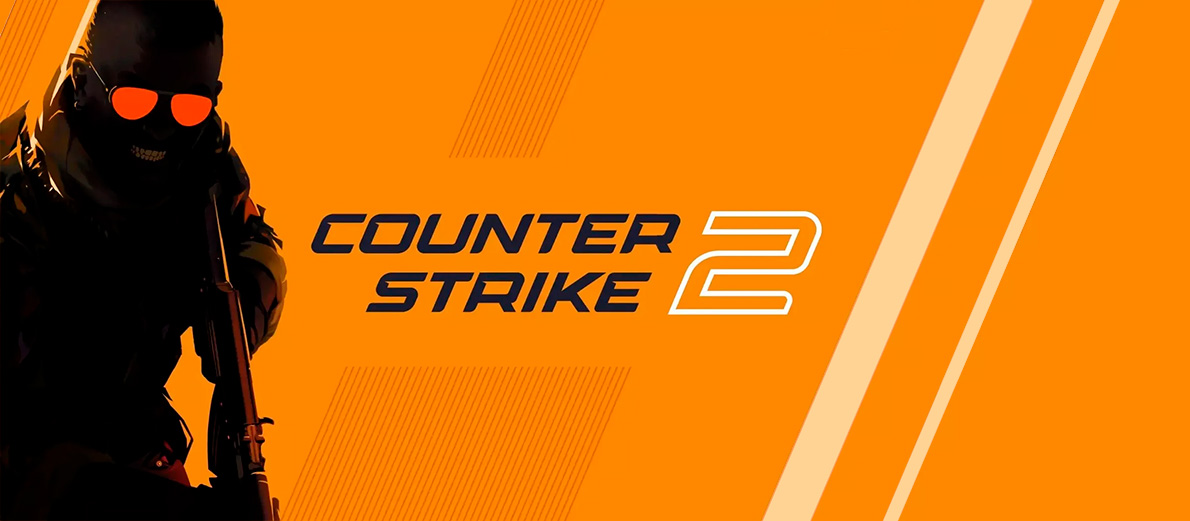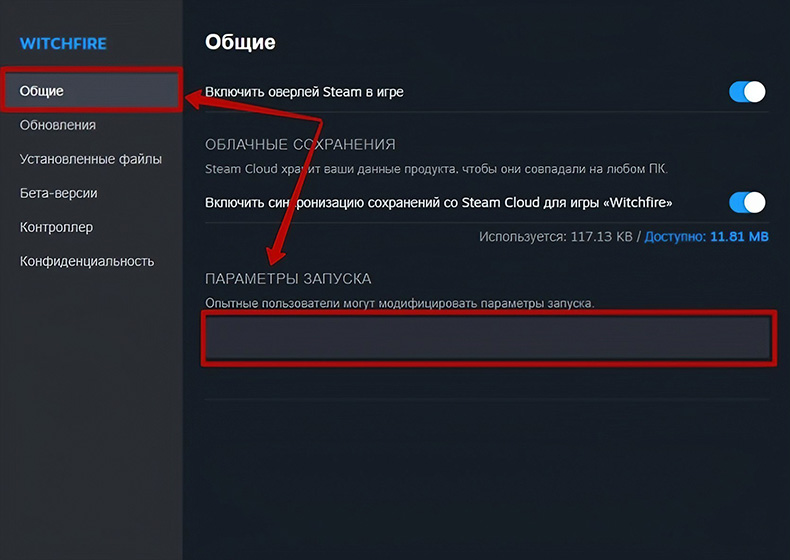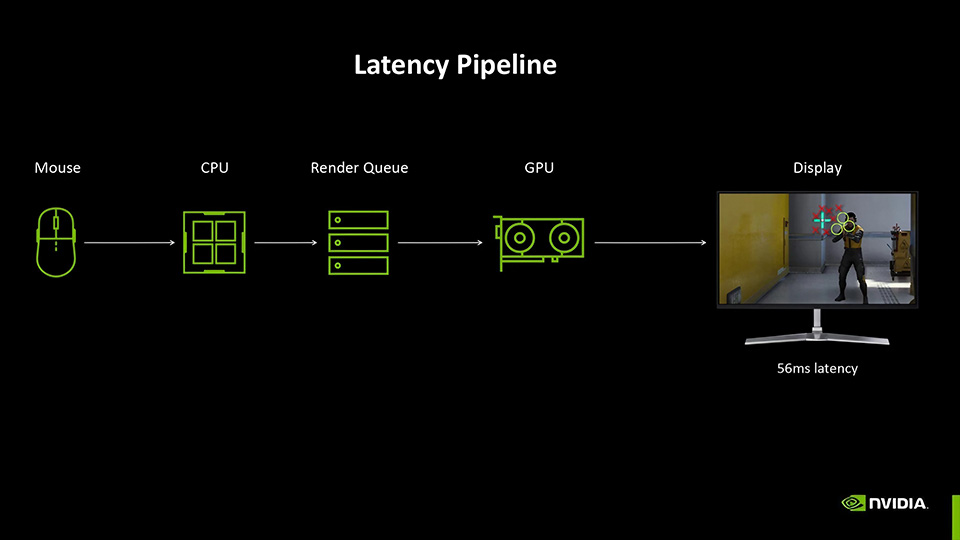
In Counter-Strike 2, even a slight delay can determine the outcome of a match. That’s why game stability is one of the key factors in a player’s performance. To achieve this, it’s not enough to buy a high-performance PC. You also need to optimize the game. Here are the best CS2 settings to boost FPS and minimize frame time.
Settings
Why FPS and Frame Time Matter in CS2
The higher the FPS, the smoother the image. All movement — opponents, crosshair, the player — appears without stutter or delay. Higher FPS helps players spot enemies faster and aim more precisely. But there’s another key factor: frame time.
Modern displays build images frame by frame, much like film reels. Each frame takes time to render. The less time per frame, the smoother the gameplay feels. If rendering takes too long or is inconsistent, it causes stutters or lag — unacceptable in CS2. That’s why it’s important to tune your game for high FPS and minimal frame time.

Optimizing and Tuning Counter-Strike 2
To optimize CS2 for esports, you should tweak settings in:
- Steam launch options
- NVIDIA Control Panel
- In-game graphics settings and console

Steam Launch Options
Steam has a tool that lets you configure the game before launching. You can enable or disable certain features using "Launch Options."
To access CS2 launch options:
- Open Steam
- Go to your Library
- Right-click Counter-Strike 2
- Select Properties → General
- Scroll down to "Launch Options"
Copy and paste the commands below into the launch options window.
These commands disable unnecessary effects and optimize the game for better performance. If you're planning to stream or record CS2, add this extra command:
NVIDIA Control Panel
Right-click on your desktop and select "NVIDIA Control Panel." Go to "Manage 3D settings" and apply the values shown in the table below.
| Feature | Setting |
|---|---|
| Image Scaling | Off |
| CUDA – GPUs | All |
| DSR – Smoothness | Off |
| DSR – Factors | Off |
| Anisotropic Filtering | Application-controlled |
| Vertical Sync | Use the 3D application setting |
| Virtual Reality | Off |
| OpenGL Rendering GPU | Auto-select |
| Max Pre-rendered Frames | 1 |
| Background Application Max Frame Rate | Off |
| Max Frame Rate | Off |
| Vulkan/OpenGL Present Method | Auto |
| Multi-Frame Sampled AA (MFAA) | Off |
| Threaded Optimization | Auto |
| Preferred Refresh Rate | Highest Available |
| Shader Cache Size | Driver Default |
| Low Latency Mode | On |
| Power Management Mode | Prefer Maximum Performance |
| Antialiasing – FXAA | Off |
| Antialiasing – Gamma Correction | On |
| Antialiasing – Setting | None |
| Antialiasing – Transparency | Off |
| Antialiasing – Mode | Off |
| OpenGL GDI Compatibility | Auto |
| Triple Buffering | Off |
| Texture Filtering – Anisotropic Sample Optimization | On |
| Texture Filtering – Quality | High Performance |
| Texture Filtering – Negative LOD Bias | Allow |
| Texture Filtering – Trilinear Optimization | On |
CS2 In-Game Graphics Settings
Launch CS2 and go to “Settings.” Click “Video” and open “Advanced Video Settings.” Set the options as shown in the table below.
| Setting | Value |
|---|---|
| Boost Player Contrast | On |
| Vertical Sync | Off |
| Anti-Aliasing Mode | 4X MSAA or 8X MSAA |
| Shadow Quality | High |
| Model & Texture Detail | Medium |
| Texture Filtering Mode | Bilinear |
| Shader Detail | Low |
| Particle Detail | Low |
| Global Shadow Quality | Off |
| High Dynamic Range | Quality |
| FidelityFX Super Resolution | Off |
| NVIDIA Reflex Low Latency | Off |
These settings will not only boost FPS and reduce frame time, but also improve visual clarity. High shadow quality helps spot enemies faster.
Also, add these two console commands:
- cl_allow_animated_avatars false – disables animated player avatars
- engine_low_latency_sleep_after_client_tick true – stabilizes frame rate
We also recommend enabling telemetry stats. At the very least, show FPS and frame time to monitor game performance.
Why You Should Avoid Using NVIDIA Reflex in CS2
NVIDIA Reflex is designed to reduce input lag, but in CS2 it often backfires. Instead of lowering latency, it may increase it. Common issues include:
- Stuttering. Tests show NVIDIA Reflex can cause frame drops and stutters, worsening gameplay smoothness.
- Increased CPU Load. Reflex minimizes the render queue, leaving the GPU with minimal frame buffer. If your CPU isn’t powerful, this can drop FPS.
That said, we recommend trying it on your system — it may perform well depending on your hardware.

Conclusion
High FPS and low frame time are crucial for smooth gameplay in CS2. They help you react faster and control your aim more precisely. To maximize performance, optimize the game via:
- Steam Launch Options. Disable unnecessary effects, reduce system load, and boost FPS.
- NVIDIA Control Panel. Optimize driver settings for lower latency and stable frame rate.
- In-Game Settings. Adjust effects, detail levels, and anti-aliasing for best performance.
HYPERPC Computers for CS2
Counter-Strike 2 is a game where every millisecond counts. High FPS, low frame time, and overall system stability can determine victory. Standard PCs can’t deliver this — but HYPERPC systems are engineered for maximum performance in competitive gaming. Dominate in CS2 with a high-performance gaming PC from HYPERPC!